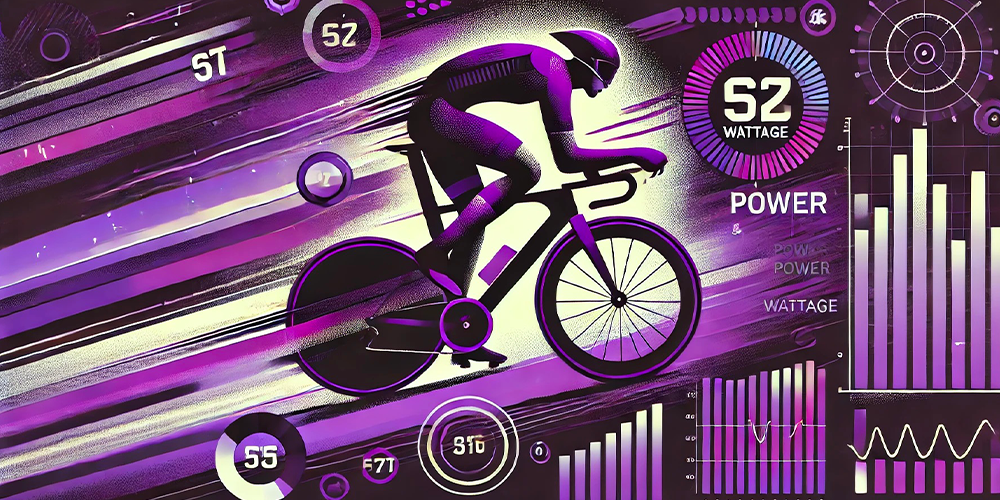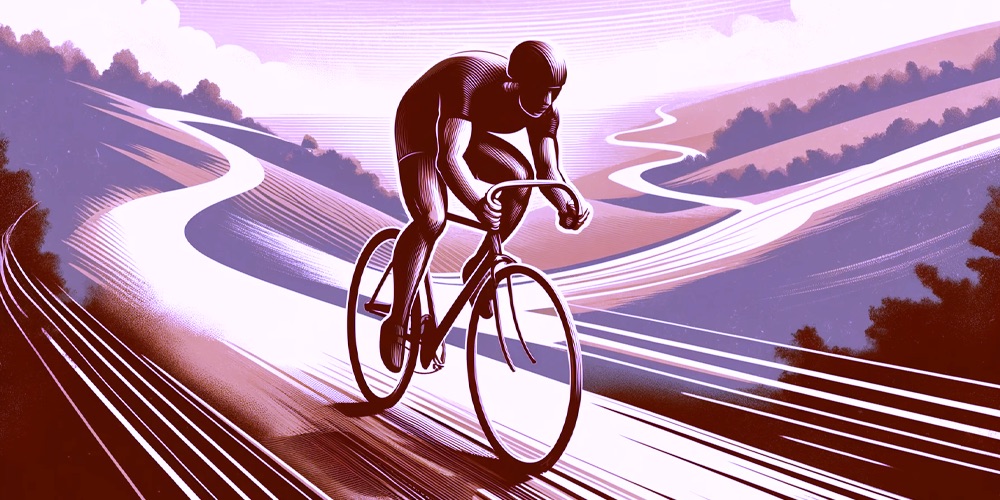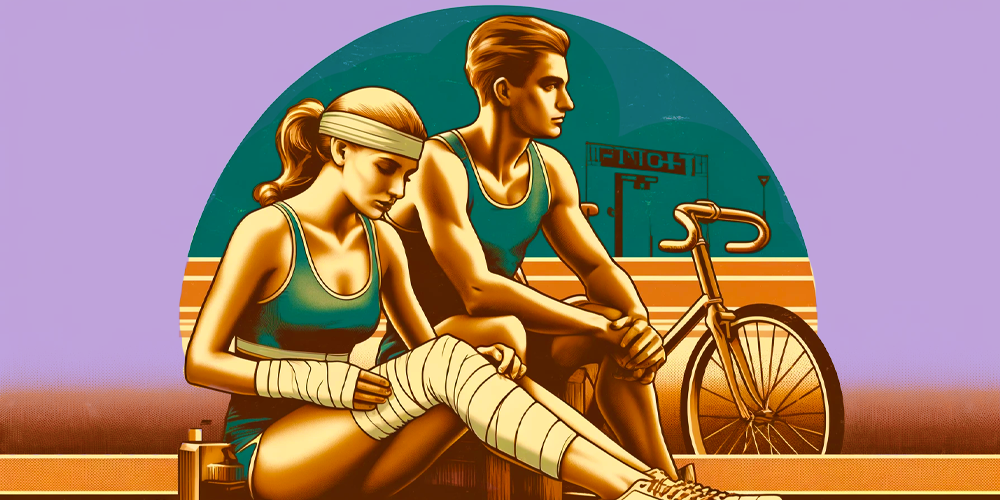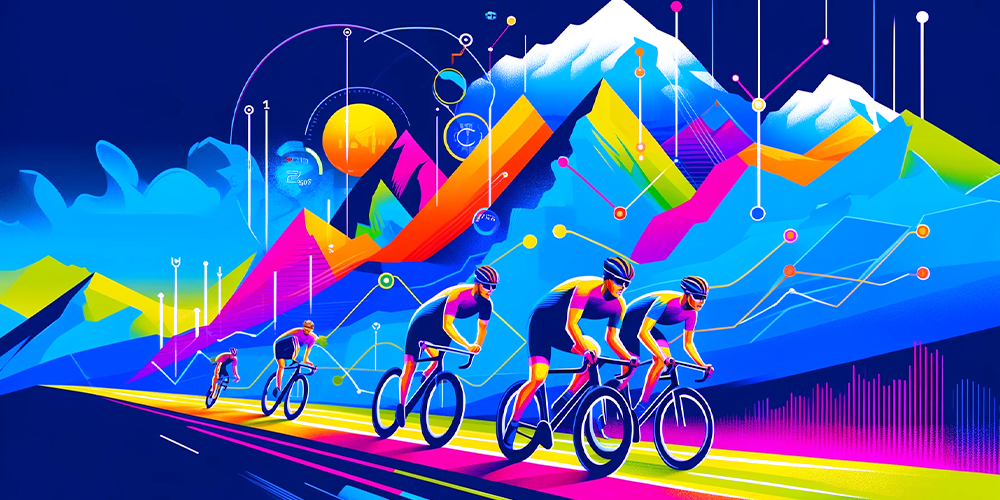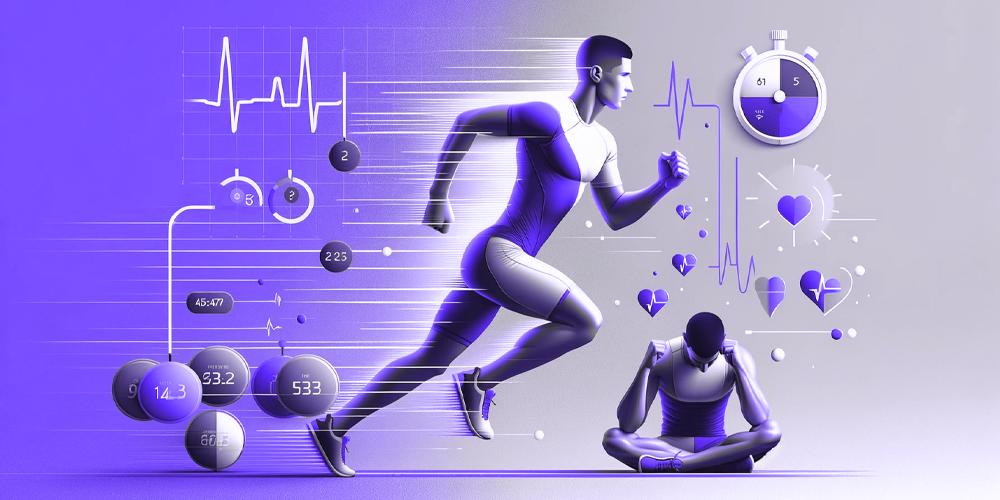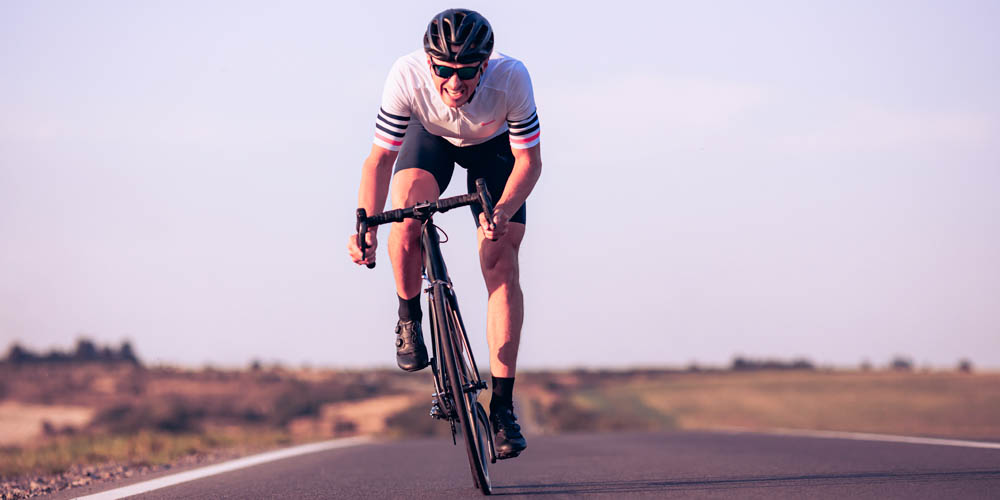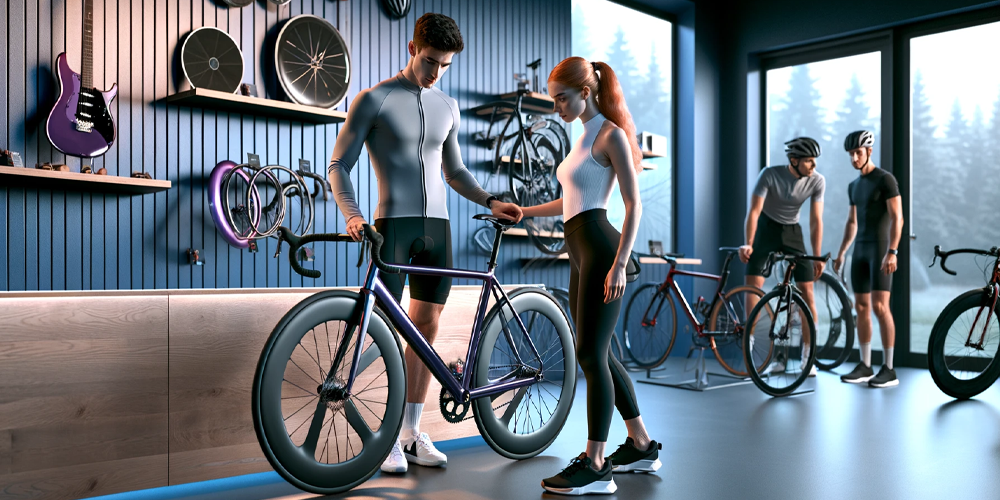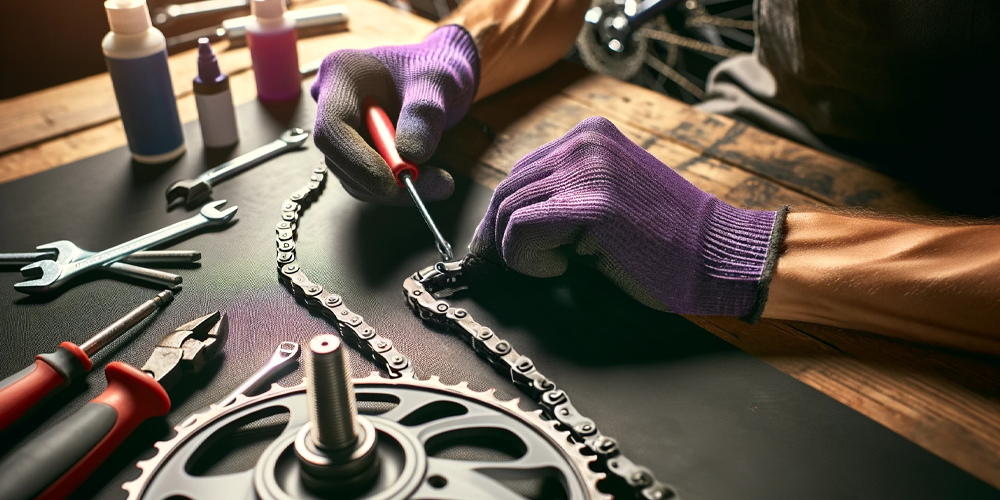Training in the morning offers numerous benefits for endurance athletes, such as cyclists and runners. Taking advantage of the cooler hours of the day can improve performance and maintain motivation, even during the hottest months of the year. Here’s why morning training is so beneficial and how to motivate yourself to make the most of it.

